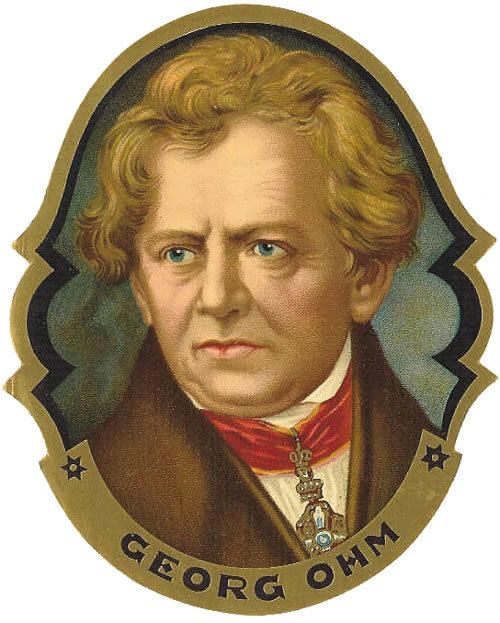
The most basic and most widely used of all the laws of electricity, Ohm’s Law, was published in 1827 by the German physicist Georg Simon Ohm in his great work “The Galvanic Chain, Mathematically Treated” . Without Ohm’s Law we could not analyze the simplest galvanic chain (electric circuit). The Royal Society of London awarded him the Copley Medal in 1841, and the University of Munich gave him its Professor of Physics chair in 1849. He was also honored after his death when the ohm was chosen as the unit of electrical resistance.
Charges in motion makes an electric current. Some time Such currents occur naturally For example Lightning in the atmosphere is one such phenomenon in which charges flow from the clouds to the earth surface through the air, and that sometimes have disastrous results. The flow of charges in lightning does not form a steady current, but in our everyday life we use many devices where charges flow in a steady manner, and hence make a steady current. A torch and a cell-driven clock are examples of such devices. In the present chapter, we shall study some of the basic laws concerning steady electric currents in various simple circuits.
Get Full Access Of the Chapters
